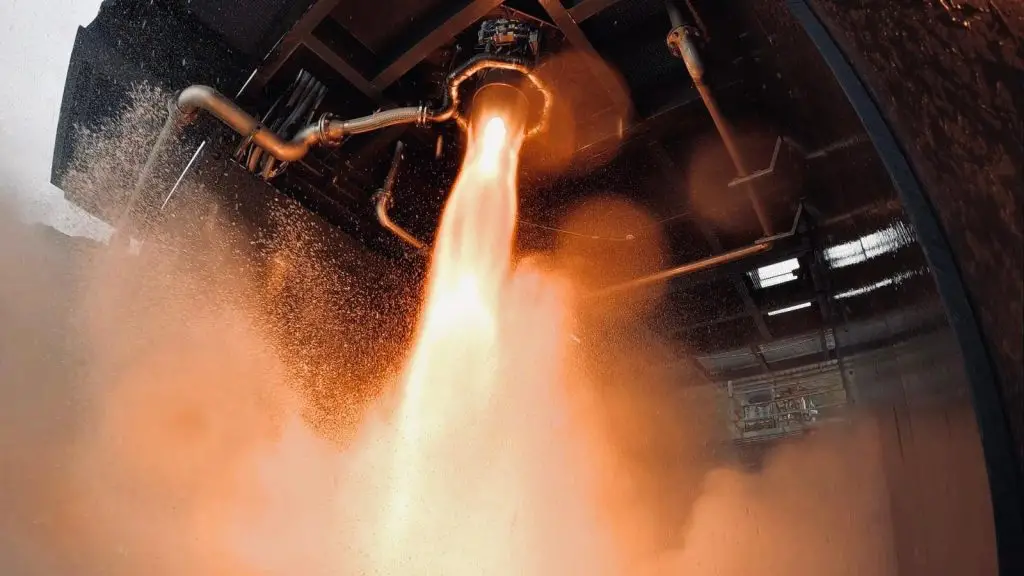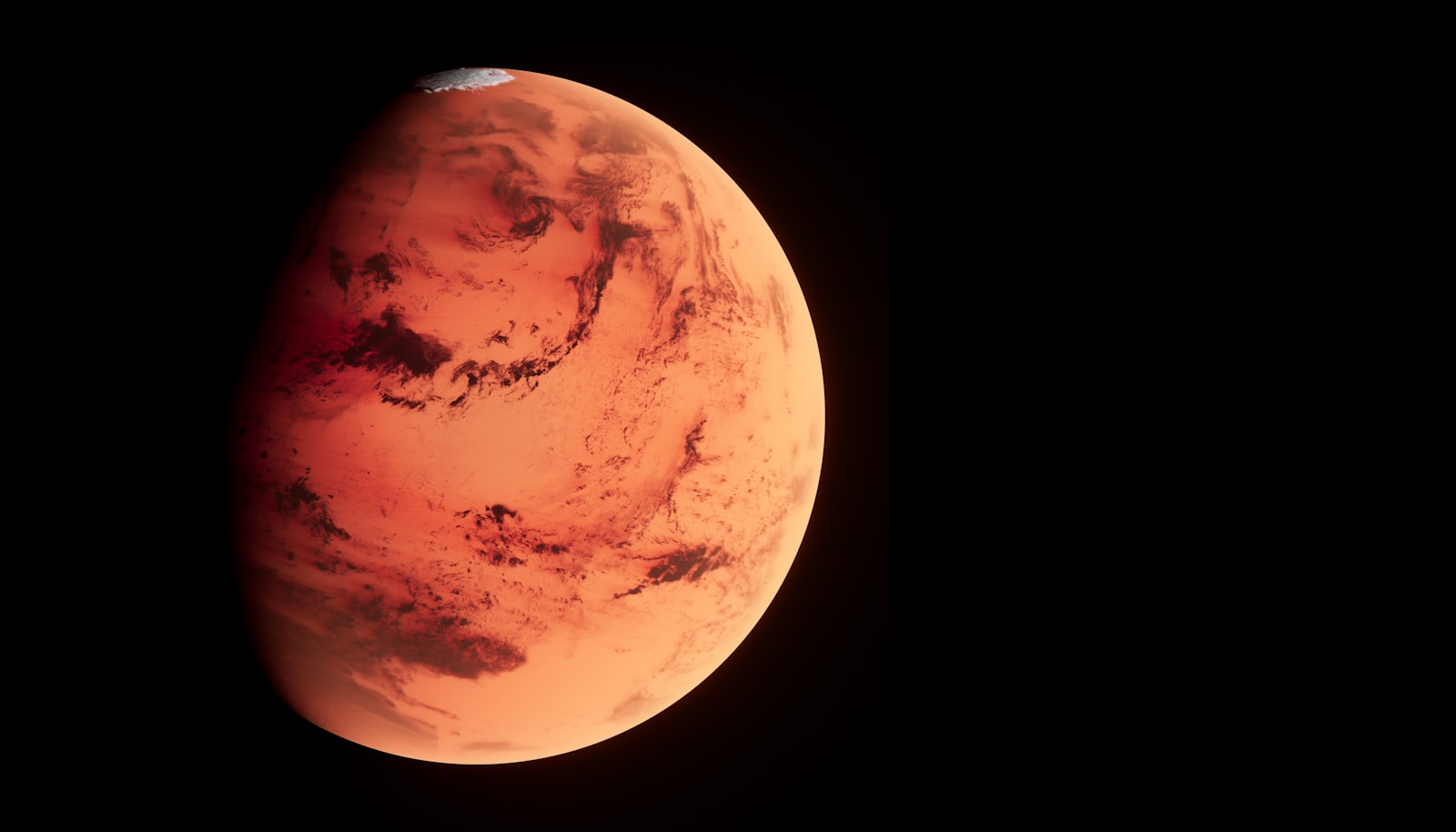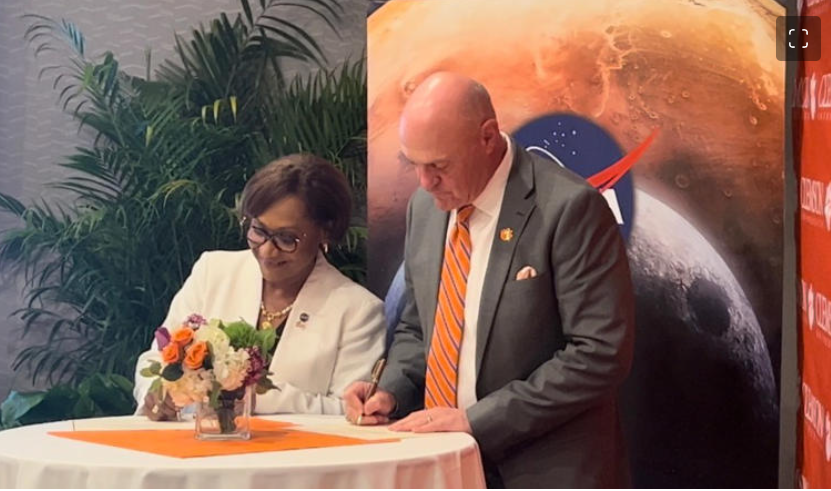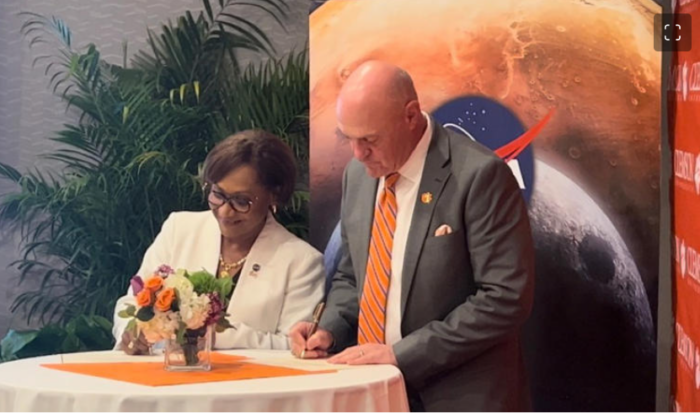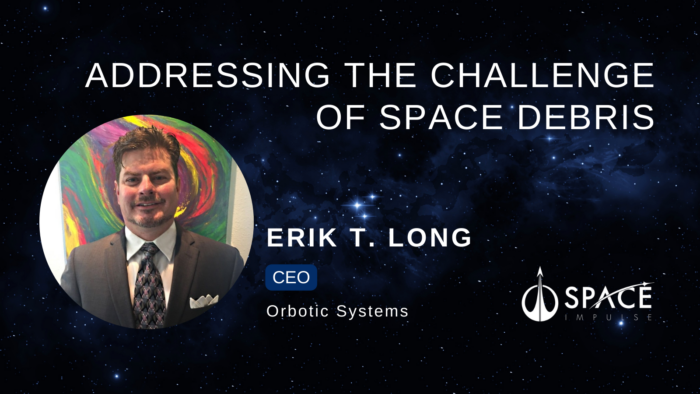by Julia Seibert
When the very last Ariane 5 took to the skies on July 5th, 2023, the sight was bittersweet. As the trusty veteran rocket performed its swan song, streaking through the lavender twilight over the launch complex in Kourou, French Guiana, it marked the beginning of a new chapter for Europe’s space industry – one without a working rocket to call its own.
Europe’s space endeavors might currently be stuck between a rock and a hard place, but their history is rich. Despite the US and Soviet Union poaching the finest West European scientific minds for their respective cosmic ambitions after World War II, Europe began its own ventures not long after 1957’s launch of Sputnik and finally established ESA – the European Space Agency – in 1975. Because previous European projects depended on foreign rockets to reach space, one of the foremost priorities on the young agency’s docket was to build a launcher for European space companies. In just four years, the goal came to fruition with the launch of Ariane 1, whereafter ESA and CNES (France’s space agency) founded the first commercial launch company: Arianespace.
Over the decades, the Ariane rocket series went on to become a commercial success, accounting for 50% of the global launch market at times. As the series went through its iterations, Arianespace took over operations of a handful of other rockets including Vega (developed in collaboration with Italy’s agency) and certain launches of Soyuz (developed by the Soviet Union). Even with growing competition from SpaceX and others in the mid-2010s, Arianespace maintained that it still controlled half the world’s launch market.
It must have been quite a shock to the company’s system when SpaceX began landing and reusing its boosters, resulting in bargain launch prices largely unattainable by expendable rockets. The company’s success is in part due to juicy contracts from NASA (and, later on, the US Space Force), which helped it get a foot in the door and develop its technology.
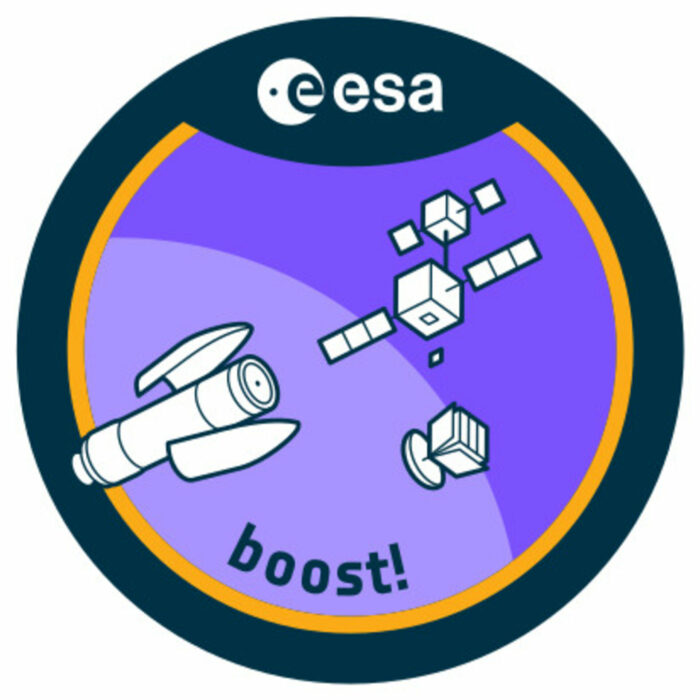
The same could not be said for Europe. The design of Arianespace’s newest rocket, Ariane 6, was drastically changed to lower costs after CNES’s share in Arianespace was bought by now-majority shareholders ArianeGroup (previously Airbus and Safran launchers) in 2014. The rocket, which has yet to make its debut, remains expendable and costs the ESA billions – and the ESA’s budget pales in comparison to NASA’s.
The reasons for the perpetual delays are another story, but underlying them is the decentralized nature of the European space industry and a desire for a competitive edge mixed with a more conservative financial climate that would make justifying riskier designs difficult. The latter also affects newer companies looking to break into the risky sector (though ESA has recently been investing in launch startups through its Boost! program).
Change might be on the horizon. A recent study by space-focused venture capital fund Seraphim showed that Europe attracted the most space tech investments in the first quarter of 2023, surpassing even the US. However, Europe is still rocketless – and its space companies, not all of which are launchers, demand access to orbit.
Table of Contents
ToggleTop European Space Companies
1. Arianespace
One cannot examine the European space landscape without mentioning its oldest catalyst, Arianespace. The company long sat on the throne of commercial launches, with its Ariane series launching a total of 260 times and garnering a 95.4% success rate. Over almost the same time period, the Space Shuttle (intended as a cheap vehicle available to commercial customers, too) launched 135 times; even the current kingpin Falcon 9 has not yet caught up with the series. The company also operates the Vega rocket (its latest variant, Vega-C, is currently out of commission after an anomaly) and, until recently, certain launches of the Russian Soyuz. A notable shift in the company’s efficiency occurred after ArianeGroup became the majority shareholder and steered Ariane 6’s development towards its current state of delay. Still, it remains largely under the sponsorship of ESA, which desperately needs a rocket and also benefits politically from the 550 European space companies spread across Europe previously assigned to Ariane 5.
Visit company’s profile page.
2. Avio
Though no company can touch Arianespace’s launch dominance, Italy-based Avio plays a significant role too. Not only is it an important subcontractor for the Ariane series, but it also serves as the lead contractor for Vega: the only European rocket scheduled to launch in the somewhat foreseeable future. The latest variant of this small-lift solid-propelled vehicle, Vega-C, is currently grounded due to a mishap in December 2022, with a more recent test going pear-shaped, too. Avio specializes in solid rocket motors, providing these for a handful of missiles as well as Vega’s first stage, plus Ariane 5 and Ariane 6’s boosters. Avio has some expertise with liquid propulsion, providing a liquid turbopump for Ariane 5 and 6’s Vulcain engines, and Ariane 6’s Vinci engine. The company is working on a new version of Vega, called Vega-E, in addition to research on cryogenic tanks and carbon fiber filament winding techniques, making it a notable player among European space companies.
Visit company’s profile page.
3. Orbex
UK-based Orbex is one of a handful of young European launch companies hoping to plug the current rocket gap. Though it has not yet launched, the company boasts that its vehicle, Prime, will be ‘the world’s most environmentally friendly space rocket’ due to its clean-burning propellant, hopes for reusability, and space-junk-conscious design. Construction of Orbex’s Spaceport Sutherland began in May 2023, the groundbreaking thwarted by delays and environmental bureaucracy.
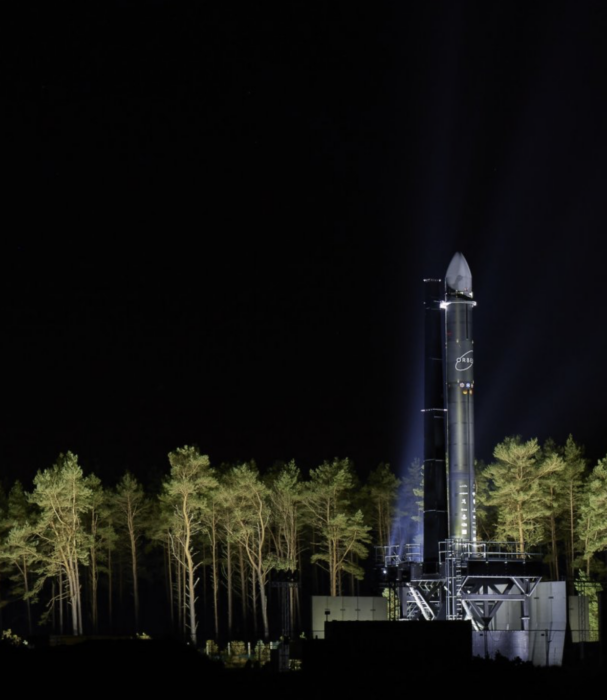
Once all is ready, Orbex intends to break into the smallsat launch scene, with the market for the miniaturized machines estimated to be worth about US $13.7 billion by 2030. Although micro launchers such as Prime cannot keep up with larger rockets in terms of payload (only lifting 180kg), smaller rockets allow for designated, flexible missions capable of taxiing payloads to more specific orbits. Customers are already lining up; satellite specialists Deimos, Astrocast, and Surrey Satellite Technology Ltd are set to launch payloads aboard Prime, and the company has snapped up a few ESA contracts, too.
Visit company’s profile page.
4. Skyrora
Skyrora, based in Edinburgh, is also eyeing up the smallsat launch market among the ranks of European space companies. The company has a few suborbital test launches under its belt, though its latest, most complex test ended with the rocket going for a swim instead of reaching space. Skyrora’s centerstage product, though, is its still-unflown orbital Skyrora XL rocket, consisting of three stages and capable of lifting 315kg to space (the company offers trips to sun-synchronous or polar orbits due to its northern location). Like Orbex, Skyrora prides itself in its environmentally conscious fuel Ecosene – made from recycled plastics – and is also developing a space tug and specialized third stage that allow for greater mission flexibility. It also advertises a mobile launch site, involving modular components that fit within a standard container and can be set up at a variety of locations.
Visit company’s profile page.
5. Isar Aerospace
Things could soon get exciting for Munich-based rocket specialist Isar, who hopes to launch its first rocket from a spaceport in Norway within 2023 after having raised a generous amount from ESA and investors. The vehicle (a two-stage orbital rocket called Spectrum) is advertised as being capable of lifting between 1,000 to 700kg depending on the orbit, also featuring reigniting engines for mission flexibility. Like its UK-based peers, some manufacturing is automated, which saves on labor costs and brings down prices. Isar has already convinced several customers to fly their payloads on Spectrum, including 10 European institutions and small to medium-sized enterprises (SMEs) on the second mission alone.
Visit company’s profile page.
6. Rocket Factory Augsburg
“We do not want to leave this lucrative market to US companies,” said Marco Fuchs, CEO of OHB SE, of which RFA is a spinoff enterprise, “we will be building rockets like cars.” The startup, based in – you guessed it – Augsburg is hoping to offer launches of its three-stage RFA One rocket at just US $3.17 million a pop. Their secret? Using low-cost stainless steel as well as components common in other industries, such as the automotive, and (eventually) reusing the first stage. RFA, like many other European space companies, also looks to squeeze more efficiency out of its 30-meter-tall rocket by fitting it with staged combustion (or closed cycle) engines, claiming it is the first mini launcher company to do so. RFA One, which hopes to make its maiden launch in April 2024 at Shetland’s SaxaVord spaceport, can launch 1,300kg to sun-synchronous orbit (SSO), with an orbital transfer vehicle (OTV) called Redshift providing further flexibility.
Visit company’s profile page.
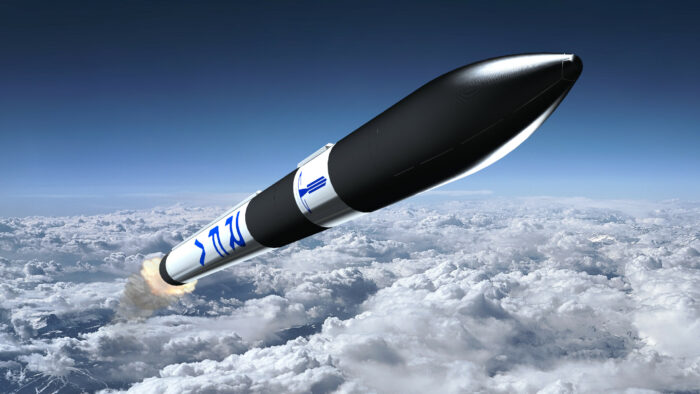
7. SES
Founded in 1985, Luxembourgish satellite telecommunications giant SES hails from the same era as Arianespace. With 70 satellites located in Medium Earth Orbit (MEO) and Geostationary Orbit (GEO), the company claims to be distributing 8,000 channels worldwide, reaching over 1 billion people. SES also offers broadband connectivity, marketing its service to anyone from governments to cruise ships to offshore oil rigs. When it comes to its video services, Europe seems to be its biggest customer, with 179 million of 366 million households using SES’ services located on the continent. The company also offers hosted payload services; one 2018 satellite even gave a NASA solar mission a piggyback ride.
Visit company’s profile page.
8. Thales Alenia Space
One would be hard-pressed to find a space-related field that Thales Alenia Space – a joint venture between French technology specialists Thales and Italian defense company Leonardo – has not worked on. The company is often a major contractor for satellite systems; according to the International Astronautical Federation, these make up 50% of its business. Under its belt is technology for the European Galileo and Copernicus systems, Meteosat, and some SES satellites (among others). It also provides defense systems for various governments and often contributes instruments for space exploration missions (serving as prime contractors on, for example, the Huygens probe and Euclid telescope). Thales Alenia has also provided much of the electronics of the Ariane 5 and is responsible for 50% of the pressurized space onboard the ISS.
Visit company’s profile page.
9. Airbus
Usually known for its commercial jets, Airbus has made quite a name for itself in the space technology sector, too. It stands as one of the most prominent European space companies, claiming to be the no. 1 supplier to European Earth Observation companies, having close to 100 such satellites in orbit. It is a trusty contributor to navigation systems such as Galileo and EGNOS and has placed 104 telecommunications satellites in orbit (though only 55 are still operating). Airbus is often a prominent ESA contractor for space exploration missions, having worked on the Orion lunar service module, the ISS Columbus module, and the JUICE spacecraft. Airbus is also a longtime contractor for the Ariane series; in the mid-2010s, it merged with Safran to form ArianeGroup, which remains the primary contractor for Ariane 6.
Visit company’s profile page.
10. ClearSpace
Behind their creepy-crawly-like appearance, Swiss startup ClearSpace’s satellites serve a simple yet vital purpose: cleaning up space debris. Sounds simple enough, but the process is anything but. The machines must approach a defunct satellite already in orbit, then grab onto it with those spidery legs and fix or refuel it. If the satellite is beyond saving, ClearSpace’s robot could even move it to a different orbit, out of the way of functioning satellites. Though Earth’s orbit is deceptively large, the problem of space debris is already a concerning one. An unprecedented cadence of launches is placing an ever-increasing amount of satellites into orbit, where thousands of bits of debris whizzing around the Earth at unimaginable speeds could cause serious damage. A collision would create yet more debris, resulting in Kessler syndrome, a cascade of debris that would seriously hinder activities beyond Earth. As such, ClearSpace has already bagged contracts from ESA and the UK Space Agency, with the first mission to take place in 2026.
Visit company’s profile page.
Read also: Top 6 Space Companies in Europe [categorized by sector]
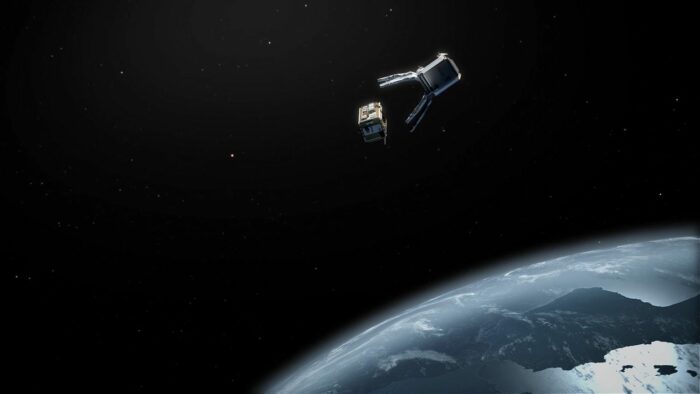
Space Innovations and Technologies Developed by European Companies
While Europe’s current standing in terms of launchers might not be great shakes, the region’s specialty is satellites. As shown in a recent report by ASD Eurospace, satellite applications systems make up the bulk of the European space industry’s sales (complete satellite system sales even tower over those of the rest of the world), and according to the European Commission, the region manufactures one-third of the world’s satellites (as of 2018). This industry is dominated by the so-called Large 4 – Airbus, Safran, Leonardo, and Thales – with Airbus and Thales Alenia Space (a collaboration between Leonardo and Thales) being especially prominent European satellite manufacturers.
In recent years, these companies and more have focused on innovating electric propulsion onboard its machines, which requires much less fuel than chemicals. In 2017, Airbus launched the ‘first high-power all-electric telecommunications satellite in the world’, while Beyond Gravity contributed to a similar system on a Thales Alenia satellite.
Many of these satellites are built for European satellite telecommunications giants such as SES, Eutelsat (France), Intelsat (US, but headquartered in Luxembourg), and Inmarsat (UK, acquired by US company Viasat in May 2023). As of 2019, these companies rank highest in the world in terms of revenue, with just one purely US company – Viasat – sharing the glory. Their success highlights another area of innovation, though it may not have been a recent one; the companies’ formations (often starting out as governmental efforts) date back to the 1970s or even 60s, with latecomer SES joining in 1985. This way, Europe has had a hand in shaping the telecommunications industry since its beginnings.
Then there are the launches: technology that Arianespace has been developing since its inception. In theory, every iteration of the rocket features some new innovations compared to the previous. One example is the Auxiliary Power Unit (APU) to be built into the Ariane 6, which would allow the upper-stage engine to be reignited multiple times (though its implementation caused further delays and contributed to the current launch vacuum).
However, while the rockets themselves are interesting enough, it is their role that is the ultimate innovation. Arianespace was the first commercial launch company and controlled much of the market until SpaceX took over; it was among the first to see the commercial opportunities of spaceflight, which define the industry today.
You may also like:
Does the EU Provide Support to Space Companies in Europe?
Before delving into financial contributions, it is important to note that the European space landscape – like any European bureaucratic matter – is a web of confusion. There is the ESA, which receives contributions from European countries but is a separate entity to the EU; countries such as Switzerland and the UK are members of the ESA, but not the EU. The latter has its own space branch – the European Union Space Agency for the Space Programme, or EUSPA – which was established in recent years to deal with the Galileo and Copernicus systems as well as defensive aspects. There is also Eumetsat (European Organisation for the Exploitation of Meteorological Satellites), which is another non-EU entity. Finally, many countries have their own space agencies which might contribute to ESA or receive contracts from it, but can also conduct their own activities.
This befuddling bureaucracy makes tracking budgets tricky, but it is clear that public customers dominate the European space industry. As listed by ASD Eurospace’s report, the above entities (plus militaries and the European Commission) represent 65% of the industry’s sales. ESA sits at the heart of it all since it is often contracted by other entities, such as the EC, to manage and procure technologies including the Copernicus and Galileo constellations. This, the report notes, makes ESA the most important customer in Europe’s space landscape, worth US $3.80 billion in revenues.
Longstanding collaborator Arianespace and its many contractors (led by Airbus/Safran venture ArianeGroup) cover up a large chunk of it; Ariane 6 development cost US $4.65 billion as of 2020, with most of the bill footed by ESA and more delays having occurred since. Airbus and the rest of the Large 4 are also frequently contracted to build spacecraft and satellites, joined by countless smaller companies. Launch companies such as those listed above also receive support from ESA, contributing to the vibrancy of European space companies.
Opportunities & Challenges for European Space Companies
The most obvious opportunity for European space companies is the sale of satellite systems, a field it currently rules. However, the industry will have to keep a beady eye on the likes of Starlink, who might not offer television but specialize in worldwide connectivity beamed down from LEO. This offers significantly faster speeds compared to satellites further out in space, which companies such as SES and Eutelsat employ. To provide an alternative – for defensive as well as commercial reasons – the EU put forward IRIS2, a constellation of nanosatellites providing worldwide connectivity. Despite its promise (and the cooperation of a host of familiar contractors including Airbus and Eutelsat), its budget was recently slashed.
The EU’s plans for its own satellite internet constellation stems from a desire for strategic autonomy: the ability to no longer rely on the US or other actors for defensive matters. The need for a solely European rocket further highlights this trend, since access to space – an area of vast geopolitical importance – is becoming more pressing by the day.
Europe’s current rocketless state represents both a challenge and an opportunity in this regard. Since space activities are spread over Europe, with every contributing country hoping to benefit, these can become decentralized and expensive. This makes it difficult to build a rocket that can compete with cheaper options such as SpaceX’s Falcon 9 and reestablish Europe’s prominence as a launch provider. On the other hand, Europe’s goal of strategic autonomy means that a European rocket will have guaranteed governmental customers on the continent since a more expensive rocket is preferable to launching defense payloads on foreign rockets. Launching European payloads on local rockets would also mean the many contractors working on the rocket receive a boost, as do their respective national industries. European launch companies such as Isar and Skyrora represent another opportunity, as they rely on both private investments and governmental contracts and constitute a cheaper option (though for now, they only advertise relatively small payloads).
You may also like:
Future Outlook for the European Space Industry
“Europe must decide what role to play in this revolution: spectator, customer, or leader?”
These words, stemming from a recent report by the High-Level Advisory Group on Human and Robotic Space Exploration for Europe, pretty much sum up the current state of affairs. With Arianespace and a handful of hardy contractors, European space companies gained a head start and have long had a moderate yet solid position in the global industry – there was no need to change much. Now, Europe risks getting left in the dust while others rocket ahead. Changing this would require more than a few billion euros spent on the next iteration of the Ariane; it might call for an overhaul of the European space strategy and industry landscape, with more focus on performance and results rather than local economic benefits. The Ariane 6’s ill-fated development has shown that trying to modernize with one foot in the industry of the past does not cut it.
This sentiment of transforming the ecosystem is echoed in the HLAG report, which eyes lunar missions as the next critical step of the global industry that Europe risks missing out on. The authors propose more state support for private companies, highlighting the strategy’s success in the US. They also note that private European investment is space is dwarfed by that of the US (though the recent Seraphim report shows a slight shift), and that more ‘robust public demand would build confidence in European investors and help European companies raise larger rounds’. More broadly, “Europe must develop a daring exploration roadmap offering a tangible avenue for European companies to prosper and compete in an innovation-driven ecosystem and tilt the competitive field in Europe’s favor.”
With Virgin Orbit’s single launch failure (quite a common occurrence for young companies) causing its implosion, this fragility of the landscape is quite clear. Launch startups like those listed above might face the same fate. Thanks to the report (which was commissioned by ESA), European officials now know the potential – and danger – is there, but whether or not the authors’ recommendations come to be has yet to be seen. Europe’s space landscape is currently treading water, but as the US and China bolster their respective plans, it will either sink or swim.
If you found this article to be informative, you can explore more current space news, exclusives, interviews, and podcasts.
Featured image: Credit: Skyrora
Share this article:
